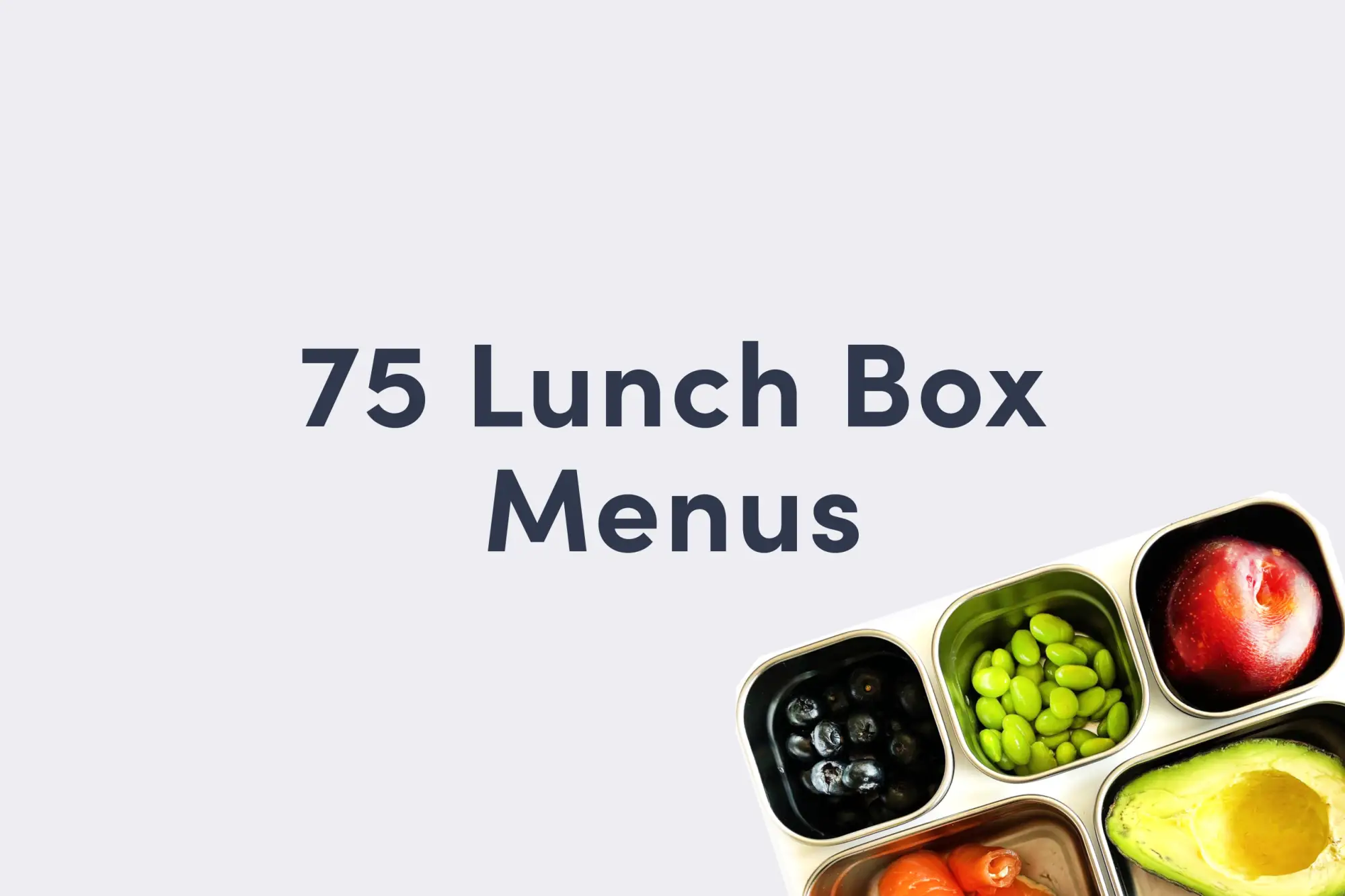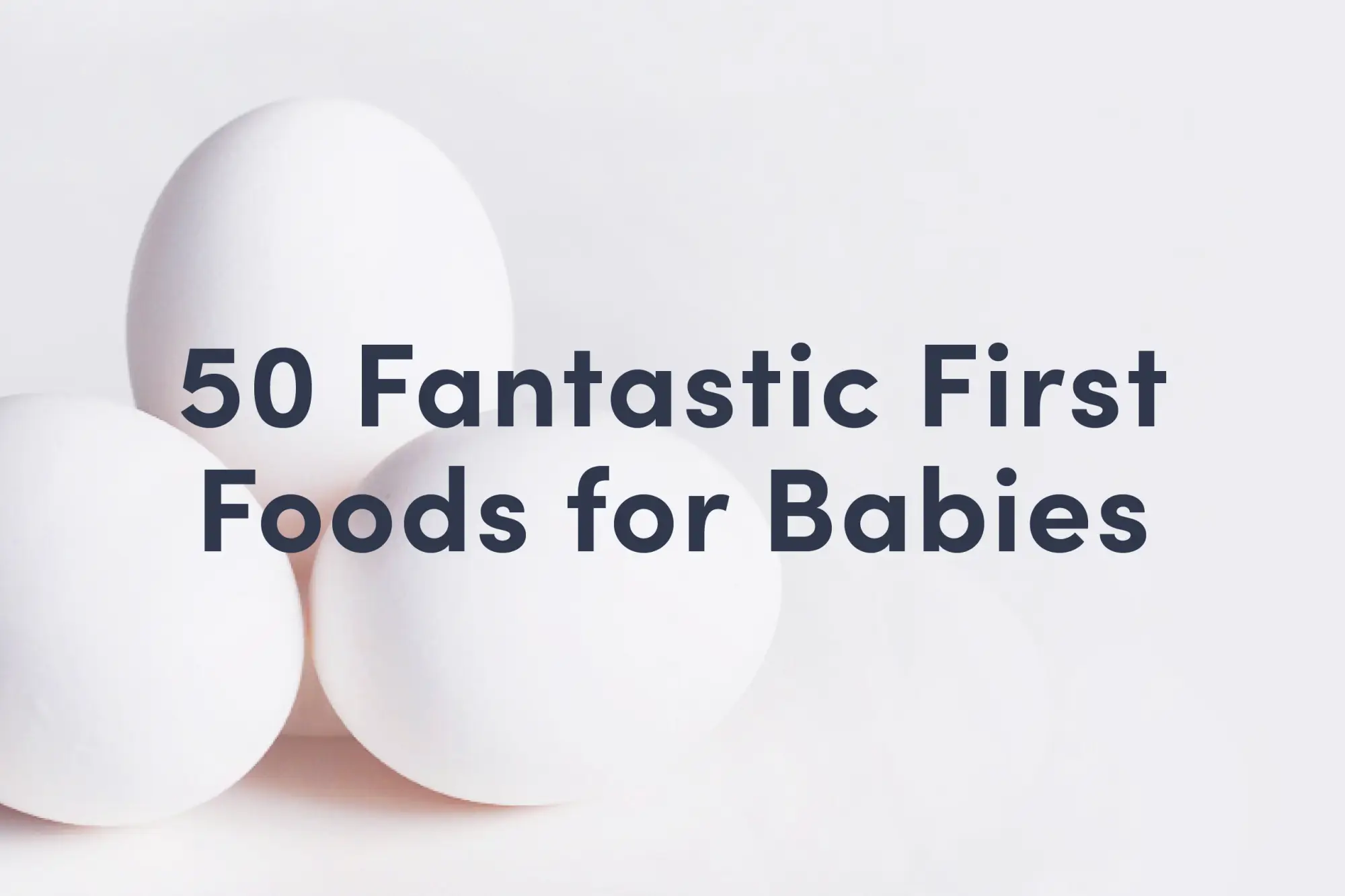Celery
Vegetable
Age Suggestion
6 months
Iron-Rich
No
Common Allergen
No
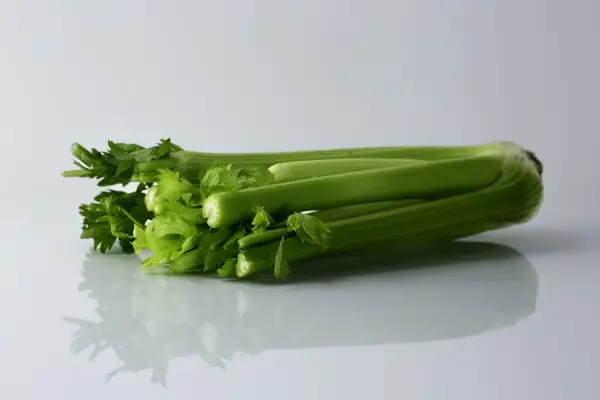
When can babies have celery?
Celery may be introduced as soon as baby is ready to start solids, which is generally around 6 months of age. Raw celery presents a high risk of choking, so be sure to prepare it in an age-appropriate way.
Celery comes from wild greens that originated in the fertile lands around the Mediterranean Sea. Humans learned to cultivate the vegetable thousands of years ago, which led to a variety of cultivars, including celeriac, leaf celery (common throughout Asia), and celery stalks that are widely available in the Americas.
Is celery healthy for babies?
Yes. Celery offers lots of vitamin K for healthy blood, some folate for baby’s development and growth, and plenty of carotenoids, many of which convert to vitamin A for skin, eye, and immune health. Plus, it contains antioxidant and anti-inflammatory compounds that benefit the gut and immune system.
Worried about the sodium in celery? There’s no need to be. While celery is higher in sodium than many other vegetables, it is not a high-sodium food.
Is celery a common allergen?
No. Allergies to celery are uncommon, but are reported to be increasing in prevalence, with reactions ranging from mild to severe. Individuals with Oral Allergy Syndrome (also known as pollen food allergy syndrome), particularly those who are allergic to birch and mugwort pollen and/or are sensitive to other foods within the Apiaceae family, such as carrot and fennel, may also be sensitive to celery. Other spices that cross-react with celery include coriander, caraway seed, celery, chervil, cumin, dill, aniseed and parsley. Oral Allergy Syndrome typically results in short-lived itching, tingling, or burning in the mouth and is unlikely to result in a dangerous reaction. Cooking celery can help minimize the reaction, but some individuals may still be sensitive to cooked celery. Food-dependent exercise-induced anaphylaxis with celery has been reported when individuals consumed celery in the 4 hours before exercise.
Celery is also associated with phytophotodermatitis, a skin condition that can occur after contact with the food. Compounds in celery are activated by the sun and cause a pigmented, itchy, and occasionally blistering and painful rash on the skin. Cleansing the skin after contact with celery and using sun protection can help to prevent the phytophotodermatitis rash.
As you would when introducing any new food, start by offering a small quantity of celery for the first few servings. If there is no adverse reaction, gradually increase the quantity over future meals.
Is celery a choking hazard for babies?
Yes. Raw celery poses a high risk of choking because it is very firm and often cut in small pieces that are challenging for babies. To reduce the risk, prepare and serve celery in an age-appropriate way. As always, make sure you create a safe eating environment and stay within an arm’s reach of baby during meals. For more information on choking, visit our sections on gagging and choking and familiarize yourself with the list of common choking hazards.
Learn the signs of choking and gagging and more about choking first aid in our free guides, Infant Rescue and Toddler Rescue.
Videos
Do I need to worry about the nitrates in celery?
No, there is no need to worry. You may have heard that celery and other vegetables (like arugula, beets, carrots, lettuce, spinach, and squash to name a few) contain nitrates, naturally-occurring compounds which, if consumed in large amounts, may negatively affect oxygen levels in the blood. Babies younger than 3 months of age and/or those with health concerns may be more susceptible to the effects of nitrates. Organizations such as the American Academy of Pediatrics and the European Food Safety Authority view nitrates in vegetables as generally not a concern for most healthy children and that the benefits of eating these vegetables as part of a varied diet typically outweigh the risks of excess nitrate exposure.
When can babies have celery juice?
Wait to serve celery juice as a drink until after 12 months of age. Note that it can be beneficial to wait until a child is older to regularly share juice. While celery juice is regarded as a popular health drink, consider limiting or avoiding celery juice even after 12 months of age, as it can be excessively high in nitrates. While celery juice is not sweet like fruit juices, offering celery in its whole form is still more nutritious. Learn more about serving juice to babies and toddlers.
How do you serve celery to babies?
Every baby develops on their own timeline, and the suggestions on how to cut or prepare particular foods are generalizations for a broad audience.
6 to 8 months old:
Cut a stalk of celery crosswise into thin half moons, then cook until soft. From there, mix the cooked half moons into soft foods that baby can scoop, such as stews, warm cereals, or yogurt.
If you feel comfortable, you can also offer a whole stalk of raw celery as a food teether and as a dipper for other soft, scoopable foods. Munching on the stalk strengthens the jaw, helps the tongue learn to move food to the side of the mouth for chewing, and helps baby “map” the inside of the mouth. Freezing the celery stalk can minimize choking risk as the stalk becomes firmer when frozen, then naturally softens as baby munches. For babies with teeth and a strong jaw, it is possible for them to bite off a piece of celery. If this happens, give baby a moment to spit out the food on their own and keep your fingers out of baby’s mouth. Kneeling down in front of baby so they are looking down at you can allow gravity to help the food come forward in the mouth.
9 to 11 months old:
Cut celery crosswise into thin half moons and cook until soft. From there, you can serve the pieces on their own as finger food or mixed into soft, scoopable foods like stew, warm cereal, or yogurt. If you’d like to offer a long, raw celery stalk as a food teether, you can. Just prepare for baby to take a bite. If this happens, give baby a moment to spit out the food on their own and keep your fingers out of baby’s mouth. Kneeling down in front of baby so they are looking down at you can allow gravity to help the food come forward in the mouth.
12 months old +:
At this age, toddlers are typically capable of handling raw celery in the mouth. Continue to cut celery crosswise and cut into half moons, starting with very thin slivers and working up to slightly thicker slices as the child’s eating skills mature. Avoid chunks of raw celery at this age.
24 months old +:
Wait to offer raw celery sticks until you feel confident in the child’s eating skills; they need to be able to take bites, thoroughly chew food, move food around with the tongue, and spit out food if necessary. Some toddlers may be ready to eat celery sticks around the 2nd birthday, while others will need more time to practice. If the toddler has had plenty of practice chewing food, and they are able to sit calmly and follow directions, offer celery sticks and explain how it is a hard-to-chew food. Eat celery sticks alongside the child to model how to use your teeth to break down the food, then let the toddler try. To minimize the risk, make sure the child is seated, focused, and supervised closely. You may want to begin by slicing the celery stick lengthwise to make it easier to bite. Offering the celery sticks alongside a dip can also make the celery easier to chew.
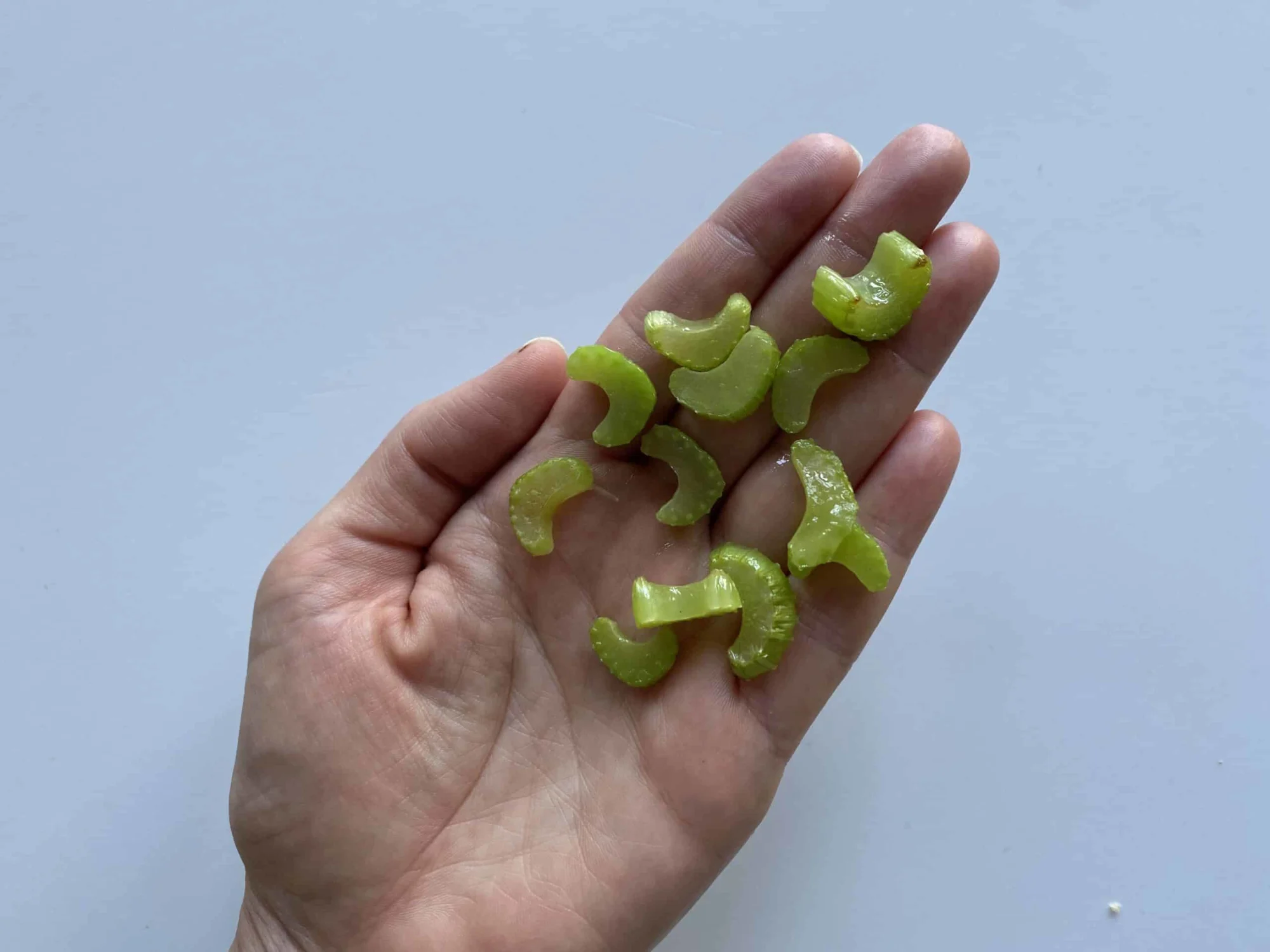
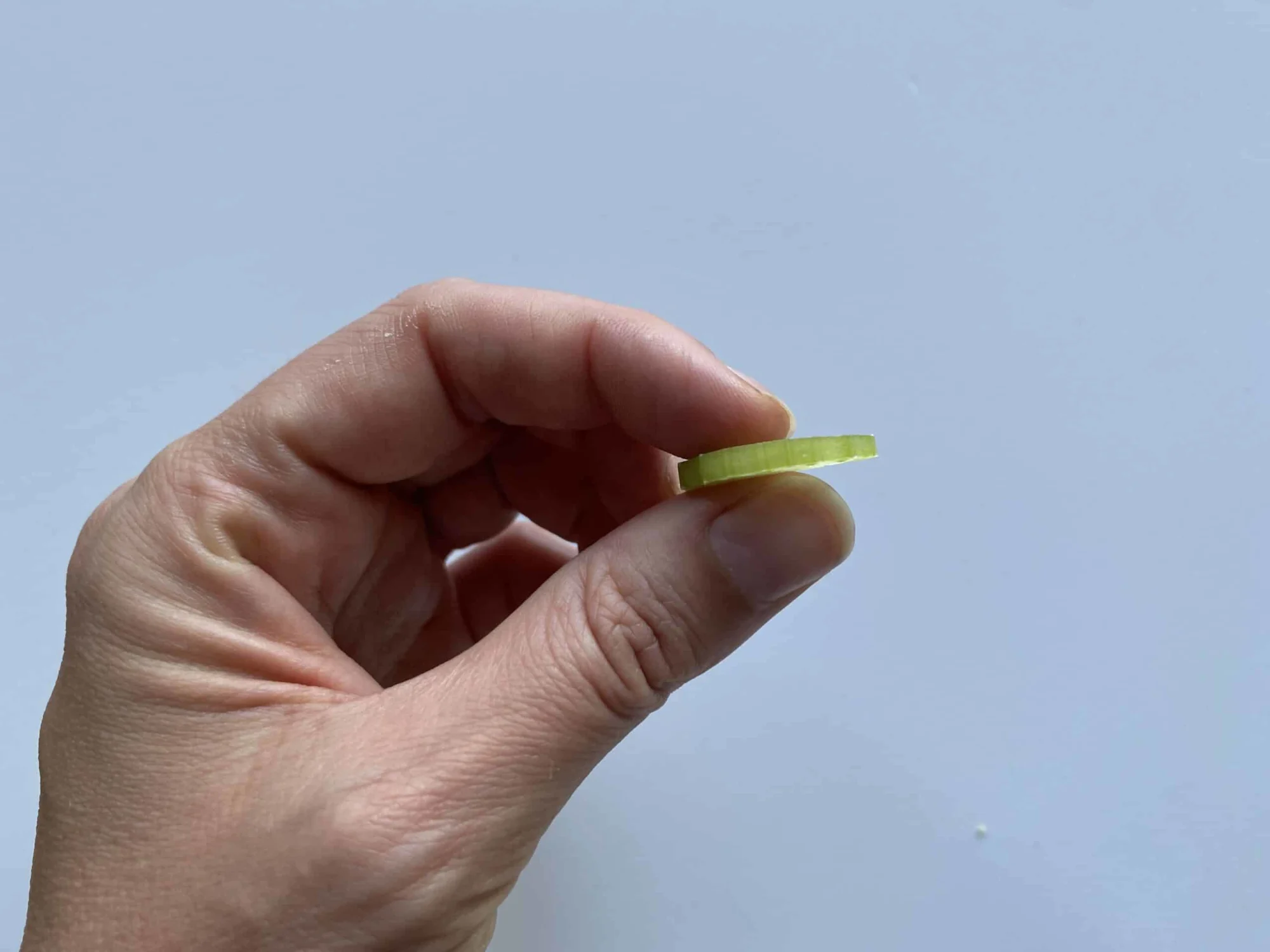
Learn all about making foods safe in our Starting Solids bundle.
Written by
Expert Tips Delivered to Your Inbox
Sign up for weekly tips, recipes and more!
The content offered on SolidStarts.com is for informational purposes only. Solidstarts is not engaged in rendering professional advice, whether medical or otherwise, to individual users or their children or families. No content on this site, regardless of date, should ever be used as a substitute for direct medical advice from your doctor or your medical or health professional, nutritionist, or expert in pediatric feeding and eating. By accessing the content on SolidStarts.com, you acknowledge and agree that you are accepting the responsibility for your child’s health and well-being. In return for providing you with an array of content “baby-led weaning” information, you waive any claims that you or your child may have as a result of utilizing the content on SolidStarts.com.

